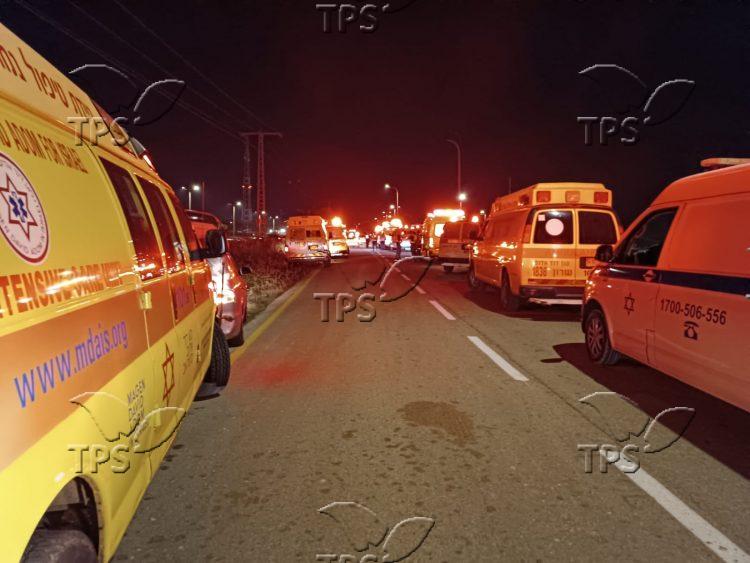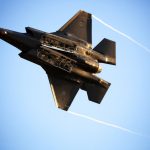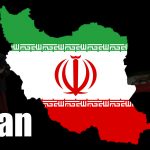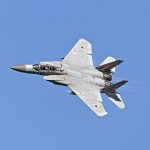Inside Unit 127: The Hezbollah Drone Unit Escalating the Conflict with Israel
Jerusalem, 23 October, 2024 (TPS-IL) -- Hezbollah’s aerial unit, known as Unit 127, has emerging as a significant player in the terror group’s attacks on Israel. The unit, which specializes in unmanned aerial vehicle (UAV) operations for attacks, intelligence gathering and surveillance, is now spearheading a series of drone attacks against Israel.
Israeli military leaders vowed to make Unit 127’s destruction a top priority following a drone strike on the Golani army base in central Israel which killed four soldiers and injured 58 more.
Unit 127 was also responsible for launching a drone at Prime Minister Benjamin Netanyahu’s private residence in Caesarea on Saturday. Images published in Israeli media show cracks in a bedroom window where the drone apparently struck but failed to penetrate. The window was presumably made of reinforced glass and is believed to have other protections. Netanyahu and his family were not there at the time.
The unit’s strategy involves launching swarms of rockets and missiles to overwhelm Israel’s air defense systems, creating an opening for low-altitude drones to penetrate the country’s defenses. This tactic was used in the attack on the Golani base, where a coordinated assault included short-range missile fire towards northern Israel and precision strikes on Haifa. Under this cover, multiple drones managed to infiltrate Israeli airspace.
Most recently, Israel killed Khalil Mohammad Amhaz in an airstrike on Monday, who the Israel Defense Forces described as “a significant source of expertise for Hezbollah’s Aerial Unit. Separate airstrikes struck three of the unit’s headquarters deeper in Lebanon, killing 15 operatives.
Iranian Influence
The Iranian influence is evident in Unit 127’s operations, as the Islamic Revolutionary Guards Corps (IRGC) oversees drone production, training, and the smuggling of equipment to various bases.
These bases span several locations in the region, including airports in Qusair and Homs in Syria, and facilities near Damascus where Iran is reportedly renovating an old base for the unit. Additional sites in Lebanon’s Beqaa Valley house tunnels for storing UAVs and factories for assembling drones. In Syria, the unit has bases in Deir Ezzor and along the Syria-Iraq border, from where it supports its operations.
Unit 127 operates a range of UAVs produced by Iranian manufacturers. Among them are the Ziad 107 “kamikaze” drone with GPS-guided capabilities. Photo analysis of the drone that struck Netanyahu’s home suggested it was a Ziad 107, similar to the one used in the attack on the army base. The unit also uses Iranian-made Shahad 101 and Mohajer models.
Beyond launching the drones, Unit 127 is also involved in the production, maintenance, and enhancement of Hezbollah’s drone technology, receiving training and support from the IRGC’s Quds Force.
Established in 2013, Unit 127 gained considerable experience fighting in the Syrian Civil War, where the unit refined its tactics and capabilities under Iranian guidance.
Unit 127’s overall commander, Muhammad Sarur, was killed in an Israeli airstrike in September.
After the Hamas attacks of October 7, 2023, the Iran-backed Hezbollah began firing rockets and launching drones at northern Israel communities daily. According to figures released by the government on Sept. 29, more than 68,000 residents of northern Israel are displaced from their homes. Hezbollah leaders have repeatedly said they would continue the attacks to prevent Israelis from returning to their homes.
According to United Nations Security Council Resolution 1701, which ended the 2006 Second Lebanon War, the terror group is forbidden from operating in southern Lebanon.






